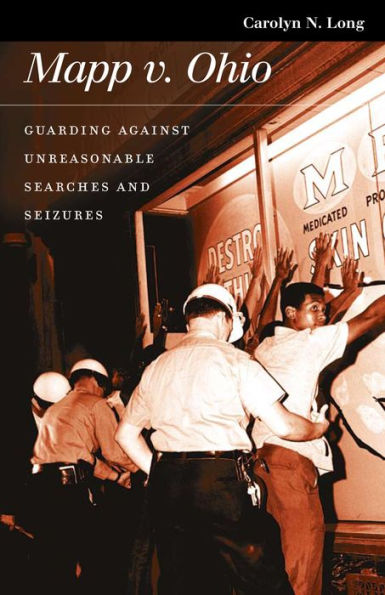5
1
9780700614417



Mapp v. Ohio: Guarding against Unreasonable Searches and Seizures / Edition 1 available in Paperback, eBook

Mapp v. Ohio: Guarding against Unreasonable Searches and Seizures / Edition 1
- ISBN-10:
- 0700614419
- ISBN-13:
- 9780700614417
- Pub. Date:
- 04/26/2006
- Publisher:
- University Press of Kansas
- ISBN-10:
- 0700614419
- ISBN-13:
- 9780700614417
- Pub. Date:
- 04/26/2006
- Publisher:
- University Press of Kansas

Mapp v. Ohio: Guarding against Unreasonable Searches and Seizures / Edition 1
$24.95
24.95
In Stock

Product Details
| ISBN-13: | 9780700614417 |
|---|---|
| Publisher: | University Press of Kansas |
| Publication date: | 04/26/2006 |
| Series: | Landmark Law Cases and American Society |
| Edition description: | New Edition |
| Pages: | 240 |
| Sales rank: | 697,418 |
| Product dimensions: | 5.50(w) x 8.50(h) x (d) |
About the Author
What People are Saying About This
From the B&N Reads Blog

